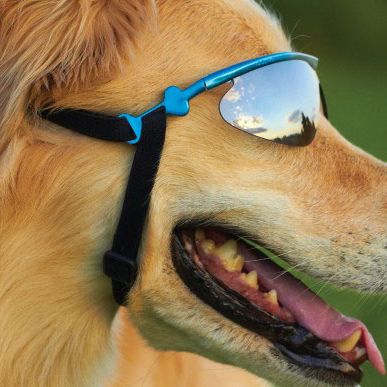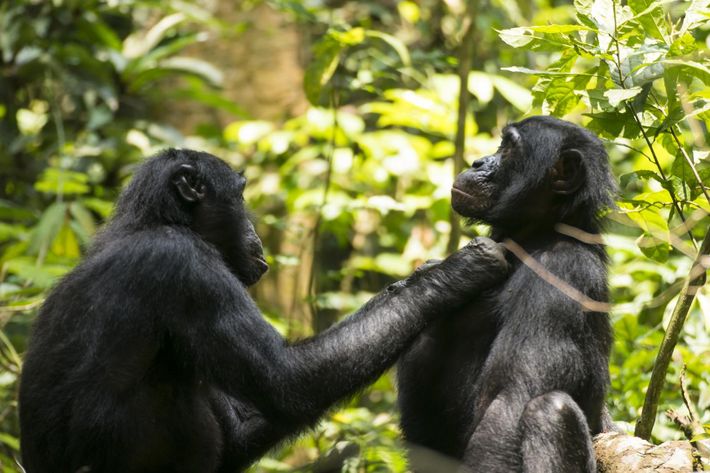
Here is a delightful fact to help you make it through today: There is a company called Doggles that makes prescription eyeglasses for dogs and cats. (Unlike Warby Barker, a Warby Parker April Fool’s prank from a few years ago, this one is real; like Warby Barker, its website features photos of animals in glasses and is absolutely worth a click.)
But while some especially conscientious pet owners might invest in a pair of frames for their canine pals, we don’t really know much about how animals handle bad vision out in the wild. In part, as Joe Hanson, host of the YouTube series It’s Okay to Be Smart, explained in a recent video, it may be because the trait isn’t actually that widespread: “For most visual species, you’re more likely to become a meal before you pass on your blurry [vision] genes, so they vanish from the population,” he said. “But modern humans live a pretty comfortable life, so natural selection has let us slip through with bad eyesight.”
There’s also, Hanson added, the logistical near-impossibility of wrangling an animal into taking a vision test. But a study published yesterday in the journal Current Biology found an innovative way to work around that particular problem — and they discovered that some apes, like humans, get more farsighted as they get older.
The study authors observed a group of 14 bonobos at the Democratic Republic of Congo’s Luo Scientific Reserve, all between the ages of 11 and 45, as they groomed one another (most bonobos live until around age 40 in captivity). The New York Times explained what they found:
While 24-year-old L.B. (his identification for the long-term study) groomed J.D. with his eyes about four inches away, 45-year-old T.N. had to keep J.D. about 16 inches away.
The scientists found that the grooming distance didn’t change based on the gender of the bonobos or how closely they were related. But it changed with age very much the way human sight changes. From the late 30s to early 40s, the grooming distance increased. Age-related farsightedness is thought to be caused by changes in the eye’s lens and muscles.
The same thing, it seems, happens to bonobos, our closest relatives in the animal kingdom (along with chimpanzees). “We were surprised that the pattern found in bonobos is strikingly similar to the pattern of modern humans,” lead study author Heungjin Ryu, a primatology researcher at Kyoto University, said in a statement. “This suggests that senescence of the eyes has not changed much from the Pan-Homo common ancestor, even though the longevity of modern humans is far longer than that of chimpanzees and bonobos.”

That’s not to say that Doggles should expand into the ape market anytime soon. As Katherine Hope, a veterinarian at the National Zoo, told Seeker, “Primates like chimps and bonobos are very stubborn, funny and intelligent animals … They would probably instantly tear apart the glasses and look at them thinking, ‘What in the world is this?’”




